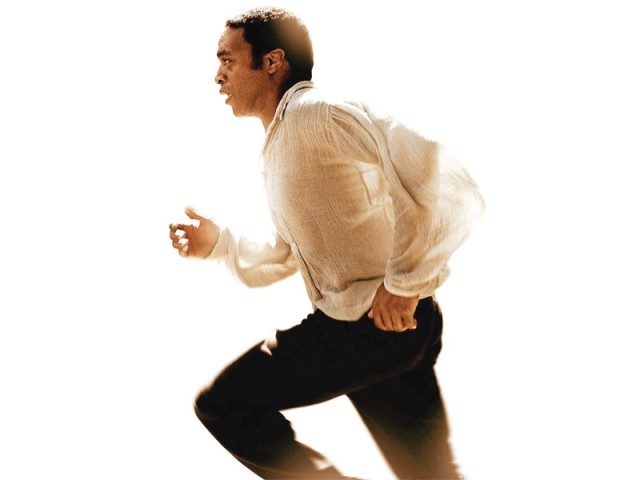Last weekend, I had the time and opportunity to watch two films in two days. Both are based on true life stories, and also based in large part on the personal accounts of the protagonists. Both have been hailed as wonderful films with performances which are Oscar worthy.
On the face of it, they did not have anything in common. The first was “Twelve years A Slave”, the heart-rending story of an African American man from New York, Solomon Northrup, kidnapped and sold into slavery into the Southern State of Lousiana. The second was “The Wolf Of Wall Street”, set in the 1980s and 1990s, a recounting of events that led to the duping of thousands of American small investors by a glib talking con-man named Jordan Belfort.
I should have realised that more than time and opportunity, what I needed was the stomach to sit through these films. Anyone who has read “Roots” by Alex Haley (or similarbooks) in college or seen “Django Unchained”( another Oscar nominated film), is familiar with the denigration of humanity in colonial America. But this film cuts to the bone literally and metaphorically. The disregard for the rights of another human, and cruel behaviour bordering on insanity made for a gut-wrenching watch.
While the first movie almost revels in its slow pace and the drawn-out scenes of torture of the slaves, the second film, “The Wolf Of Wall Street” has an insane pace. Belfort makes money and spends it with scant regard for the law or the people that he is duping. The explicit sexual dialogues and actions are designed to shock and do. As do the excesses with drink and drugs.
I came away with a slight sickening feeling a second time in two days. On reflection, beyond the obvious difference of time period, characters, storyline and geographical setting, these two stories are, surprisingly, rather similar. Both reflect the exploitation of humans, physical, emotional and mental. The need to prosper from the labour of others with little care or regard for the persons that they are using was shown in both, albeit subtly in the latter. The emotional and physical torture of the slaves was portrayed in a raw manner in the former. But the devastation wrought by Belfort’s manipulations must have been no less devastating to the Americans, whose pension funds, savings and college funds were eroded by the con. His treatment of his family, some of his employees and friends, the women that he uses for his pleasure, bears the same stamp of condescension as the slave-owners in the first film.
What came through is the need of some (or is it all?) humans to dominate others, by fair means or foul. Given a chance, if there is no fear of consequences or repercussions, most of us will not hesitate to exploit another and use him/her with no qualms to our conscience. Most alarming of all, there seemed to be an undercurrent of admiration for Belfort, the man who lived a disgustingly decadent and hedonistic life with the money he had fraudulently obtained. Is this what the world we inhabit, has come to? Commit a crime, but do not get caught?
“Everyone is a moon, and has a dark side which he never shows to anybody,” said Mark Twain. There will always be many in the general populace, who will, given a chance, cast off their veneer of civilization to become cruel, exploitative or manipulative, seems to be the lesson.
Ujwala Shenoy Karmarkar is a practicing Anaesthesiologist working in Mumbai. She loves conversations, meeting people, reading and listening to Hindi film songs. She writes about anything that moves her. She blogs at http://ujwalasblog.wordpress.com







